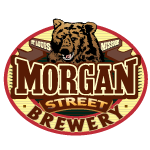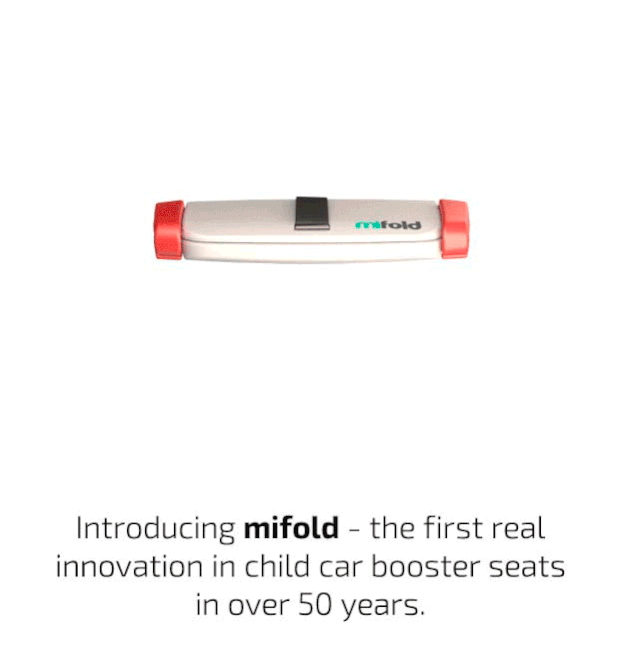Today’s post is a personal one about my recent experience quitting caffeine and all of the associated side effects. Not so much about HR, but definitely an interesting look at the experience!
One month ago I quit caffeine. My main delivery method was diet cokes (that's soda for those of you outside the Southeastern United States). I quit for multiple reasons, and the experience was what I expected in some ways and very much different in others. The thing that hit me since I quit (more on that experience below) was that those of us in the workforce don't put much of a stigma on drinking caffeine. This experience has helped me to truly see the grip it had on me and the withdrawals were quite… um, intense. I don't know that I'll sway you to try quitting yourself, but stick around for the story!
The Background
Those people that know me know that my poison of choice is Diet Mountain Dew. Well, it was, anyway. I haven't decided if I'll ever go back to a more moderate intake, but for now I'm trying to live a decaffeinated life. I realized this summer that I was drinking about a two liter a day, and I knew it couldn't go on forever. I am pretty healthy, eat well, and exercise regularly. But the mental slumps and anguish without caffeine combined with bouts of insomnia helped spur my decision to move away from the green juice.
Like many people, I started drinking caffeine heavily when I was in college. I worked all day, trained for 50-kilometer races in the afternoons, and attended classes at night. I needed something to keep me awake when my mind went fuzzy after a full day. Then I rationalized drinking even more when my kids came along. My joke was that I was short on sleep, and the best bridge for that gap was caffeine. :-)
Now that our third is nearing a year old, I was already going pretty heavy when he was born, so that wasn’t an excuse any more. In addition to that, I had a lingering foot injury from a previous race and poor sleep quality, so I knew I needed to make a decision.
Making the Call
My wife and I were at a funeral for a family member one afternoon and I overheard someone say, “Look at her sister! She's 92 years old and still fit as can be. If the others had avoided smoking they would still be around too.†In addition, we attended yet another funeral the week prior for a friend of the family with three small children left behind. The death was a result of health complications and I realized how quickly something awful could happen to any of us. It's amazing how often life events such as these cause us to stop and think about the bigger picture, right?
I decided on a Sunday that I was going to start my taper. I figured cold turkey would probably kill me, so I wanted to ease off and slowly get through the withdrawals with as little pain as possible. I did enough research to know that there were headaches and mental fog to be expected no matter the method used. I wanted to lessen the impact to my work and family, so I planned to taper by a few ounces a day over the course of two weeks.
Thus began my journey.
The first day felt so good that I restricted more than planned. Day two also felt pretty good, so I drank much less than planned (and about a third of my usual intake). I thought, “If this is as bad as it gets, I should have done this a long time ago.â€
Then came day three. And boy did it ever. I’m not sure if I’ll always remember the day, because our brain has a setting deep inside that blocks out painful memories to protect our fragile sanity. Suffice to say it was rough.
And why break the cycle? Day four felt terrible. Day five I had back pains and insomnia—seriously. Back pain. That’s what clued me in to the thought that this is more than just something to keep me alert in the early morning hours. It’s affecting my system in ways I can’t even imagine.
One thing that helped was recording the experience. I kept a journal throughout the withdrawal process, noting each day and what I felt.
The most amazing thing is that I can now sit for thirty or forty five minutes at a time without fuzzing out or my thoughts getting hazy. I’ve always had a hard time sitting and focusing for long periods of time, and I attributed that to my naturally high energy. Apparently some of that was due to caffeine! In addition, I can actually recall what people say during those time periods. I'm still a high-energy person and always have been. I just realize now that the caffeine was masking my true energy in a hyper state of random thoughts with no ability to focus. I'm amazed that I have been able to work as a writer and researcher in the past year with this monkey on my back, and I'm glad to say that each day feels better and better in terms of focus.
My sleep is better than ever, and I am falling to sleep at more natural times and waking up feeling more refreshed than any time I can remember.
The Business Take
We freely offer this drug. Heck, we usually pay for employees to consume it. The rationale for many is that caffeinated employees are more productive. Some studies have shown the opposite to be true: when the caffeine “high†and the resulting “low” are balanced out, there isn’t much impact. (Note, I found some of that data while I was quitting as a way to encourage myself, but I can’t for the life of me find the study now that I’m writing this post!).
Anyway, whether it’s a call for wellness or an opportunity to reset your own caffeine clock, I encourage you to try living without it for a month and see how it affects you. It amazed me at the changes I felt weeks later.
Love to hear from some of you! Are you junkies like I was? Are you caffeine free? Why? How do you feel?Â
 Why this place?
Why this place?

 When I realized the link from retention to recruiting
When I realized the link from retention to recruiting